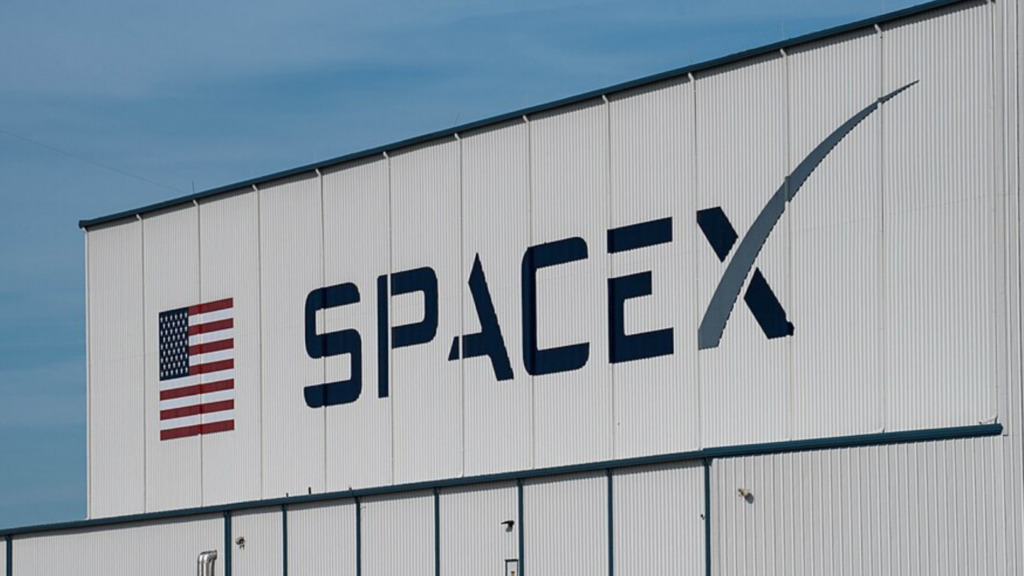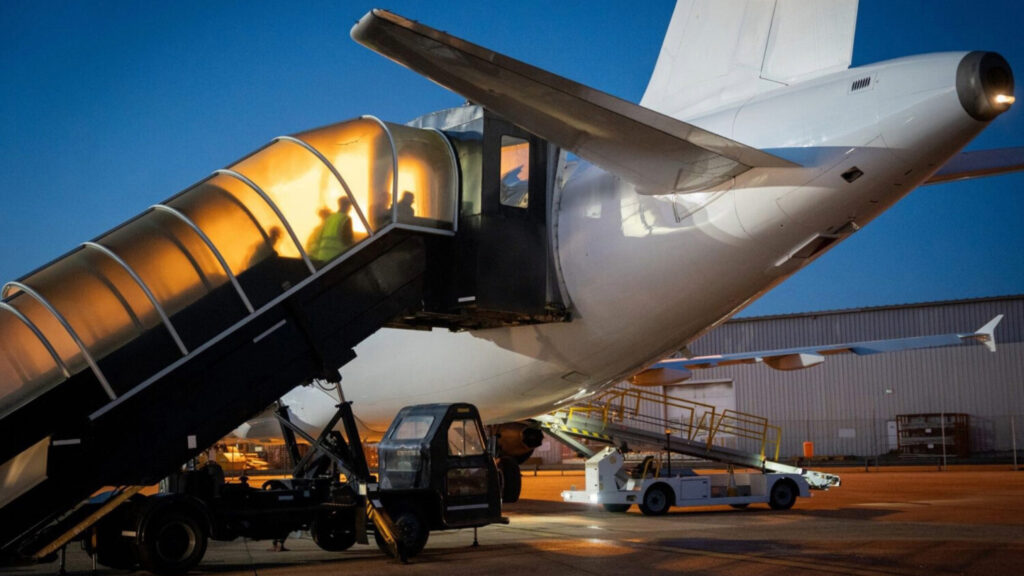The Future of the Space Economy
The global space economy is undergoing a profound transformation—one that is redefining what humanity is capable of beyond Earth’s atmosphere. Once dominated almost exclusively by government agencies such as NASA, ESA, and Roscosmos, the space sector has evolved into a competitive and highly diversified marketplace where private companies, startups, and international players all play critical roles. As launch costs decline, technologies mature, and commercial interest rises, the space economy is projected to reach trillions of dollars in value within the next few decades. At the center of this accelerating shift is SpaceX, a company whose innovations have reshaped the economics, pace, and ambition of modern space activity.
A Rapidly Expanding Economic Frontier
The concept of the “space economy” extends far beyond rockets and satellites. It includes a broad range of industries such as telecommunications, climate monitoring, navigation, defense, tourism, space mining, manufacturing, and even future off-world settlement. Today, satellite services alone support trillions of dollars of economic activity on Earth—affecting agriculture, logistics, banking, television, mobile networks, and disaster response.
But the next phase of the space economy will expand far beyond Earth orbit. As launch costs fall and access becomes easier, the space environment is becoming a platform for entirely new industries.
SpaceX and the Reusable Rocket Revolution
Much of the momentum driving this transformation can be traced back to SpaceX. Before the company’s emergence, the cost of sending payloads to orbit was so high that only governments and a handful of major corporations could afford it. With the introduction of reusable rockets—particularly the Falcon 9—SpaceX cut launch costs dramatically. The ability to land and reuse boosters shifted the economics of space in much the same way that commercial aviation transformed transport in the early 20th century.
This price disruption did more than simply reduce expenses. It opened the door to new players, encouraged competition, and accelerated innovation across the entire sector. What was once a slow-moving government-led industry has evolved into a fast-paced, commercially driven arena.
Meanwhile, SpaceX’s next-generation Starship vehicle promises even greater impacts. Designed for deep-space missions, rapid reusability, and massive payloads, Starship could enable large-scale cargo transport, space-based construction, sustained lunar operations, and ultimately human settlement on Mars. Its influence on future markets—if successful—will be hard to overstate.
Satellite Megaconstellations and Global Connectivity
One of the most visible developments shaping the space economy today is the rise of satellite megaconstellations. SpaceX’s Starlink constellation, made up of thousands of low-Earth-orbit satellites, aims to deliver high-speed internet across even the most remote parts of the world. This represents not just a technological achievement but an economic catalyst.
Global broadband access can stimulate education, commerce, telemedicine, and entrepreneurship in regions historically left out of the digital economy. It also provides resilient communication networks for governments, ships, aircraft, and disaster relief operations. As more constellations come online—such as Amazon’s Project Kuiper, China’s Guowang system, and Europe’s IRIS²—satellite connectivity will represent an increasingly competitive and lucrative market.
However, megaconstellations also raise challenges. Space traffic management, orbital debris mitigation, and international regulatory frameworks must evolve rapidly to keep pace with deployment. The companies and nations that address these challenges effectively will help shape the long-term sustainability of orbital environments.
The Lunar Economy and Beyond
Humanity’s renewed focus on the Moon marks one of the most significant shifts in the future of space commerce. Programs like NASA’s Artemis initiative aim to create a sustained human presence on and around the lunar surface. The Moon offers strategic advantages: it contains resources such as water ice—which can be used to produce fuel—and it serves as a proving ground for technologies that will enable deeper space exploration.
SpaceX is central to this vision as well. The company’s Starship has been selected as a lunar lander for Artemis missions, marking the first time a commercial spacecraft will be used for a crewed lunar landing. If successful, this could kickstart a broader lunar economy involving mining, construction, scientific research, energy production, and tourism.
Manufacturing and Research in Microgravity
Beyond the Moon, another emerging sector is space-based manufacturing. Microgravity environments allow for unique production processes that are impossible on Earth. Materials like fiber optics, pharmaceuticals, and advanced alloys can achieve higher purity or structural advantages when produced in orbit.
Companies are already testing in-space factories aboard the International Space Station and planning dedicated manufacturing satellites. As economies of scale and cheaper launch capabilities expand, orbital manufacturing may become a major commercial industry—much like how semiconductor production transformed global markets in the late 20th century.
Space Tourism and Human Spaceflight
While still in its early stages, commercial space tourism is gaining momentum. Companies such as SpaceX, Blue Origin, and Virgin Galactic are developing technologies and business models to send private citizens into space for short trips, orbital stays, or even future lunar excursions. Over time, costs may fall enough to make spaceflight more accessible.
This sector has the potential to unlock new revenue streams and inspire public enthusiasm—both essential for long-term industry growth.
The Path Forward
The future of the space economy will be defined by cooperation, innovation, and global participation. SpaceX’s ongoing achievements—such as reusable rockets, megaconstellations, and deep-space aspirations—have set the stage for rapid expansion. But no single company or country can build this future alone.
As international partnerships deepen and technological capabilities grow, humanity is on the verge of making space not just a destination for exploration, but a thriving extension of the global economy. The next few decades promise unprecedented opportunities that could reshape our understanding of industry, science, and our place in the universe.



